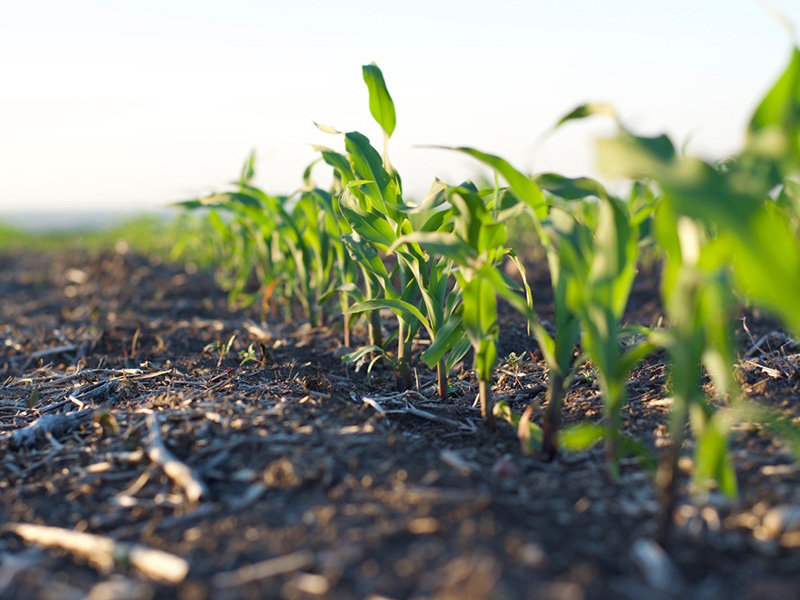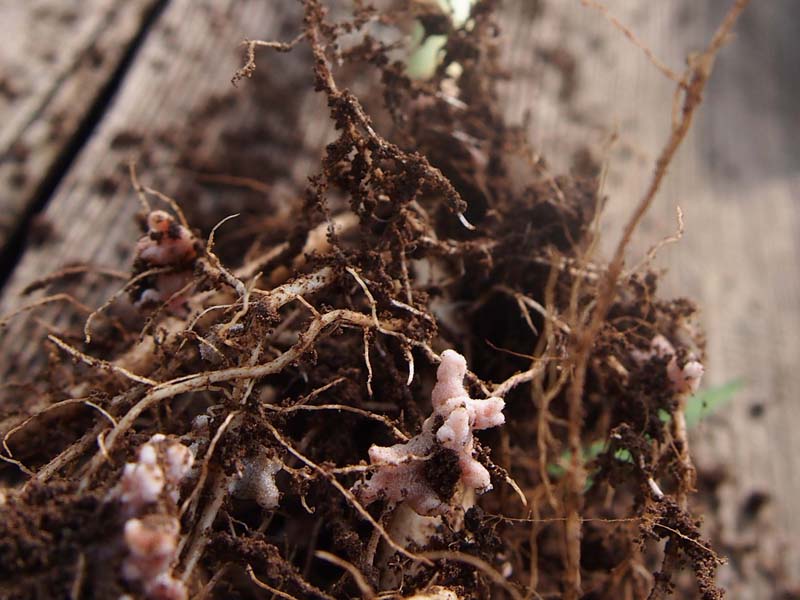Science News

Around the world, there are pools of water filled with nuclear waste waiting for their final resting place. This is waste that was created from decades of nuclear power generation, and the waste must be handled carefully.


To combat weeds, farmers use a variety of tools and methods. By understanding the strengths and downfalls of each tool, a farmer can make the best decisions for his or her operation to keep pesky weeds out of the field.


Some new crop varieties are bred to be more nutritious. Others are more resilient, bred to tolerate harsher environmental conditions.


Leafhoppers are tiny insects. They are only about 3 millimeters long, smaller than a grain of rice. But they can cause big damage to crops, including beans.

In many regions of the world, farming must be done on areas of soil categorized as histosols. Histosols have a thick layer of rich organic matter, called peat.


Have you seen a drone buzzing by in a park and wondered what all the fuss is about? These flying vehicles may seem like just an upgrade to the remote-controlled helicopters of yesteryear. But drones are receiving a lot of attention for good reasons.
Drones can help people, including farmers and scientists, look at and analyze pretty much anything. When it comes to farm fields, they can help track flooding, hail damage, or even plant health — fast.

Adult Pacific salmon spend a great portion of their life in the ocean. But their life began along the banks of freshwater streams. Their life will end there, as well. These important steps in the lifecycle of salmon play a role in the health of streambank ecosystems.


Under our feet, in the soil, is a wealth of microbial activity. Just like humans have different metabolisms and food choices, so do those microbes. In fact, microbes play an important role in making nutrients available to plants.

Planning is something we all do. As individuals, we may be planning for next weekend or our future retirement.

Farmers and plant breeders are also planning for a future. The crops we currently depend on will need grow under different conditions – due to climate change.


